Amalaki Ekadashi - 20 Mar 2024
Story, Spiritual Significance, Fasting Schedule, and Parana Time
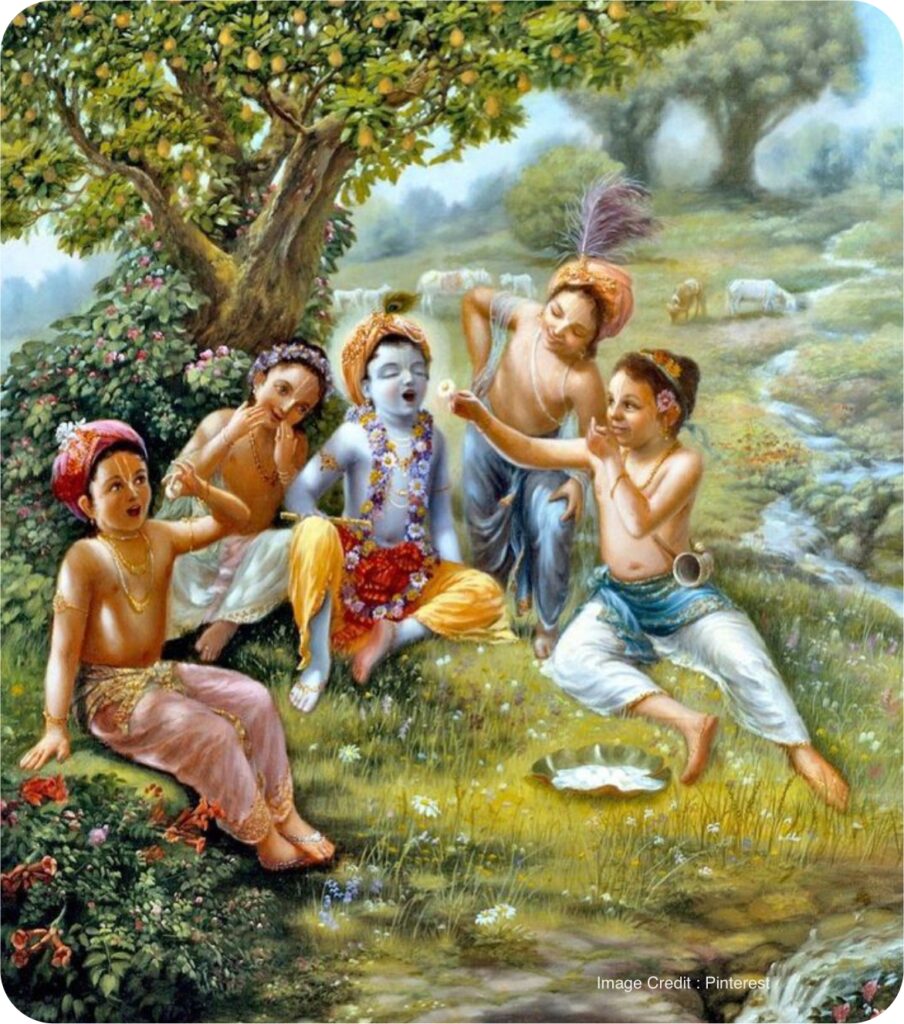
Amalaki Ekadashi 20 Mar 2024 : Date and Time
Phalgun, Shukla Paksh Ekadashi
Ekadashi tithi begins : Mar 19, 2024 – 6:51 PM (IST)
Ekadashi tithi ends : Mar 20, 2024 – 8:52 PM (IST)
Parana Time : Mar 21, 2024 – 6:03 AM – 8:31 AM (IST)
Dwadashi ending time : Mar 21, 2024 – 11:14 PM (IST)
Amalaki Ekadashi Story (Katha)
Yudhishthira said, “Shri Krishna, I have heard the glorious and highly fruitful significance of Vijaya Ekadashi. Now, please tell me the name and significance of the Ekadashi in the Shukla Paksha of Phalguna.”
Lord Krishna replied, “O great soul and son of Dharma, listen carefully. I will now narrate the story that Sage Vashistha told to King Mandhata when he inquired about this. The Ekadashi that falls in the Shukla Paksha of Phalguna is known as ‘Amalaki’ Ekadashi. This sacred fast leads to the attainment of Vishnuloka.”
Mandhata asked, “O revered sage, how did the ‘Amalaki’ tree come into existence? Please tell me.”
Vashishta replied, “Great soul, listen carefully as I narrate the origin of the Amalaki tree on earth. The Amalaki tree is a great tree that eradicates all sins. It is said that a radiant droplet, akin to the moon, emerged from Lord Vishnu’s mouth when he spat. This droplet fell to the earth and from it, the magnificent Amalaki tree (Indian gooseberry) sprouted. This tree is considered the primordial being among all trees.
During this time, Lord Brahma was created by Lord Vishnu to initiate the creation of all beings. Brahma then created various beings including gods, demons, Gandharvas, Yakshas, Rakshasas, Nagas, and the sages with pure hearts. Among these creations, the gods and sages visited the spot where the Vishnu-favored Amalaki tree stood. They were greatly astonished upon seeing it and gazed at the tree with curiosity, wondering about its origin as they were familiar with all other trees from previous epochs.
While the gods and sages pondered over this, a voice from the sky declared, ‘O sages, this is the supreme Amalaki tree, beloved of Vishnu. Merely remembering this tree yields the merit of donating a cow. Touching it doubles the merit, and consuming its fruit triples the merit. Therefore, one should always strive to engage with the Amalaki tree. It is known as a Vaishnava tree that removes all sins. Vishnu resides at its base, Brahma at its trunk, Shiva at its branches, the sages at its smaller branches, the gods at its leaves, the Vasus at its flowers, and all the Prajapatis at its fruits. Hence, the Amalaki tree is deemed the embodiment of all gods and is supremely venerable for devotees of Vishnu.'”
The sages inquired, “O great being with an unmanifest form, who are you? Are you a god or someone else? Please tell us clearly.”
A divine voice replied, “I am the eternal Vishnu, the creator of all beings and the maker of all worlds, whom even the learned find difficult to see.” Upon hearing this, the eyes of the Brahmin sages widened with astonishment. They were filled with wonder and began to praise the Lord without beginning or end.
The sages said, “We bow to the soul and supreme soul of all beings. We eternally bow to Achyuta, who never deviates from His glory. We repeatedly bow to the infinite Lord. We salute Damodara, the all-knowing, and the Lord of sacrifices. We bow to you, the master of illusion, and the Lord of the universe.”
Pleased by their praise, Lord Vishnu spoke, “O great sages, what boon do you desire?”
The sages replied, “O Lord, if you are pleased, please reveal to us a vow that grants the fruits of heaven and liberation for our welfare.”
Lord Vishnu said, “O sages, in the bright half of the month of Phalguna, if Ekadashi coincides with the Pushya Nakshatra, it bestows great merit and destroys great sins. Listen to the specific duties for that day. On Amalaki Ekadashi, one should stay awake near an Amalaki tree through the night. By doing so, one is freed from all sins and attains the merit of donating a thousand cows. This is the best of vows, which I have revealed to you.”
The sages asked, “O Lord, please describe the method of observing this vow. How is it completed? Who are the deities, salutations, and mantras associated with it? How should one bathe and give charity at that time? What is the procedure for worship, and what is the mantra for it? Please explain all these details accurately.”
Lord Vishnu replied, “O best of the twice-born, listen to the excellent method for this vow. On the morning of Ekadashi, after cleaning the teeth, one should make this resolution: ‘O Pundarikaksha, O Achyuta, I will observe Ekadashi fasting without consuming food and will eat the next day. Please keep me in your refuge.’ After taking this vow, avoid speaking with fallen, thieving, deceitful, immoral, or disrespectful individuals. Focus the mind on the vow, and take a bath in a river, pond, well, or even at home. Before bathing, apply clay to the body.”
The mantra for applying clay is:
अश्चक्रान्ते रथक्रान्ते विष्णुक्रान्ते वसुन्धरे ।
मृत्तिके हर मे पापं जन्मकोट्यां समर्जितम्॥
“O Earth, trodden upon by chariots, vehicles, and by Lord Vishnu himself,
O clay, please remove my sins accumulated over millions of lifetimes.”
“O Earth! You have been trodden upon by horses and chariots, and during the Vamana avatar, Lord Vishnu measured you with His feet. O clay, please remove all the sins I have committed over millions of births.”
त्व मातः सर्वभूतानां जीवनं तत्तु रक्षकम्।
स्वेदजोद्भिजजातीनां रसानां पतये नमः॥
स्रतो ह सर्वतीर्थेषु ह्रदप्रत्रवणेषु च।
नदीषु देवखातेषु इदं स्त्रानं तु मे भवेत्॥
“O presiding Goddess of water! Mother, you are the life force for all beings. You are the protector of life for both sweat-born and plant-born beings. You are the mistress of all essences. I bow to you. Today, I have bathed in all holy places, ponds, waterfalls, rivers, and divine lakes. May this bath bestow upon me the fruits of bathing in all those sacred waters.”
A learned person should commission a golden idol of Parashurama. The idol should be made of one or half a tola of gold according to one’s capacity and wealth. After bathing, return home for worship and havan. Then, with all necessary materials, proceed to the Amla (Indian Gooseberry) tree. Clean and purify the ground around the tree by sweeping and smearing it. Set up a new water-filled Kalash (pot) with mantras in the purified area. Fill the Kalash with Panchamrit and divine fragrances, anoint it with white sandalwood paste, and adorn it with a flower garland around its neck. Spread the fragrance of various incense and arrange a series of lit lamps. The goal is to create a beautiful and pleasing environment. Prepare new umbrellas, shoes, and clothes for the worship. Place a vessel filled with divine puffed rice (lajas) on top of the Kalash and then place the golden idol of Parashurama on it.
Worship the idol by saying:
- “Vishokaya Namah” for the feet,
- “Vishwarupine Namah” for the knees,
- “Ugraya Namah” for the thighs,
- “Damodraya Namah” for the waist,
- “Padmanabhaya Namah” for the abdomen,
- “Shrivatsadharaya Namah” for the chest,
- “Chakrine Namah” for the left arm,
- “Gadine Namah” for the right arm,
- “Vaikunthaya Namah” for the neck,
- “Yajnapurushaya Namah” for the face,
- “Vishokanidhaye Namah” for the nose,
- “Vasudevaya Namah” for the eyes,
- “Vamanaya Namah” for the forehead,
- “Sarvatmane Namah” for the whole body and head.
These are the mantras for the worship. With a devout heart, offer Arghya (water offering) to the supreme deity Parashurama with the following mantra:
नमस्ते देवदेवेश जामदरन्य नमोऽस्तु ते।
गृहाणार्घ्यमिमं दत्तमामलक्या युतं हरे ।।
“Lord of Lords, Son of Jamadagni, O Parashurama in the form of Vishnu, I offer my salutations to you, salutations to you. Please accept this Arghya offered with the Amla fruit.”
Thereafter, stay awake with a devoted mind, engaging in dance, music, instrumental play, religious stories, and narratives related to Lord Vishnu. In the morning, perform the aarti of Lord Vishnu, worship the Brahmins, and donate all the materials, including the pot, clothes, and shoes, to them. Also, donate significant items in the name of Parashurama and wish for Lord Vishnu’s blessings. After touching the Amalaki tree and circumambulating it, take a bath and then serve food. Then, sit with family members and partake of the food yourself.
The merit acquired by this observance equals that of all pilgrimages and donations. It surpasses the fruits of all sacrifices. This vrat is the most excellent of all, as I have described in full.”
Sage Vasishta said, “O King, having said this, Lord Vishnu disappeared. All those sages duly observed the vrat. O King, you should also observe this vrat similarly.”
Lord Krishna said, “Yudhishthira, this arduous vrat frees one from all sins.”
Spiritual Significance of Amalaki Ekadashi
Amalaki Ekadashi holds profound spiritual significance within Hindu tradition, revered for its auspiciousness and transformative benefits. Celebrated on the 11th day (Ekadashi) of the waxing moon (Shukla Paksha) in the month of Phalguna, this sacred day is dedicated to the Amalaki tree, known for its divine connection to Lord Vishnu. According to ancient scriptures, the Amalaki tree emerged from a divine drop that fell to Earth from Lord Vishnu, making it an embodiment of Vishnu’s divine presence. Observing Amalaki Ekadashi involves rigorous spiritual practices including fasting, worship, and recitation of sacred texts, aimed at attaining spiritual purity and divine blessings.
The observance of Amalaki Ekadashi is believed to grant immense merit, purify the soul, and absolve one of past sins. Devotees perform rituals such as bathing in sacred rivers or ponds, worshipping the Amalaki tree, and offering prayers and offerings with devotion. The rituals are meticulously followed to honor the divine essence of the Amalaki tree and its significance as a symbol of Vishnu’s grace. It is said that the merits obtained from observing Amalaki Ekadashi are equivalent to the results of performing numerous yajnas (sacrifices) and giving extensive charity.
Furthermore, the vrat (fast) associated with this day includes a specific set of mantras and worship practices aimed at invoking divine blessings and achieving spiritual goals. It is a day of deep reflection, devotion, and purification, leading to spiritual upliftment and liberation from the cycle of birth and death. Thus, Amalaki Ekadashi is not only a day of ritualistic observance but also a significant spiritual event that enhances one’s connection with the divine and fosters inner peace and enlightenment.
Follow to Stay Connected
More For You
-
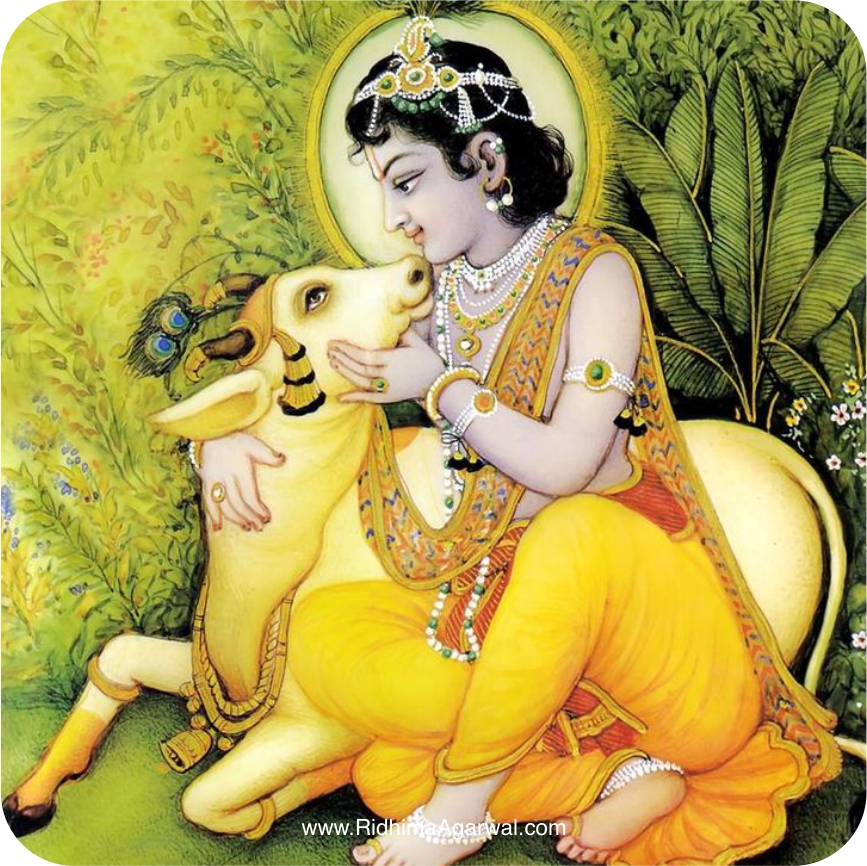 Kamika Ekadashi 31 Jul 2024 : Story, Spiritual Significance, Fasting Schedule, and Parana Time
Kamika Ekadashi 31 Jul 2024 : Story, Spiritual Significance, Fasting Schedule, and Parana Time -
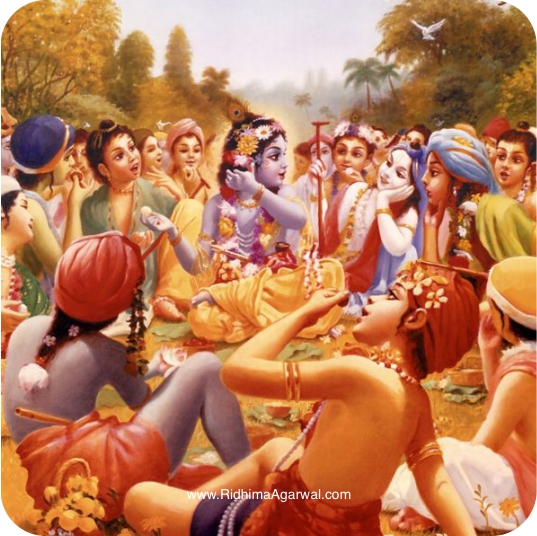 Amalaki Ekadashi 19 Feb 2024 : Story, Spiritual Significance, Fasting Schedule, and Parana Time
Amalaki Ekadashi 19 Feb 2024 : Story, Spiritual Significance, Fasting Schedule, and Parana Time -
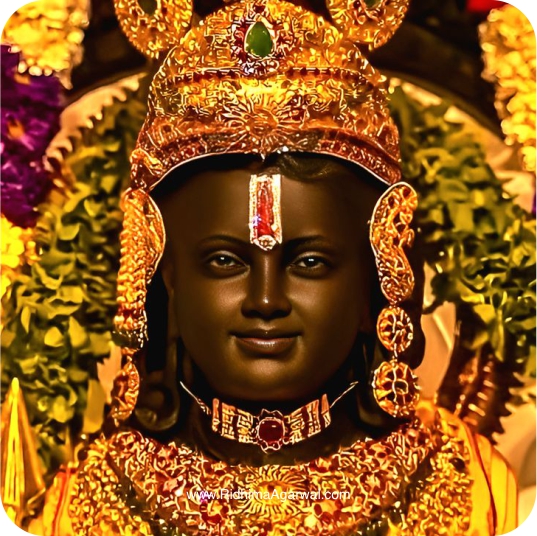 Vijaya Ekadashi 19 Feb 2024 : Story, Spiritual Significance, Fasting Schedule, and Parana Time
Vijaya Ekadashi 19 Feb 2024 : Story, Spiritual Significance, Fasting Schedule, and Parana Time -
 Jaya Ekadashi 19 Feb 2024 : Story, Spiritual Significance, Fasting Schedule, and Parana Time
Jaya Ekadashi 19 Feb 2024 : Story, Spiritual Significance, Fasting Schedule, and Parana Time -
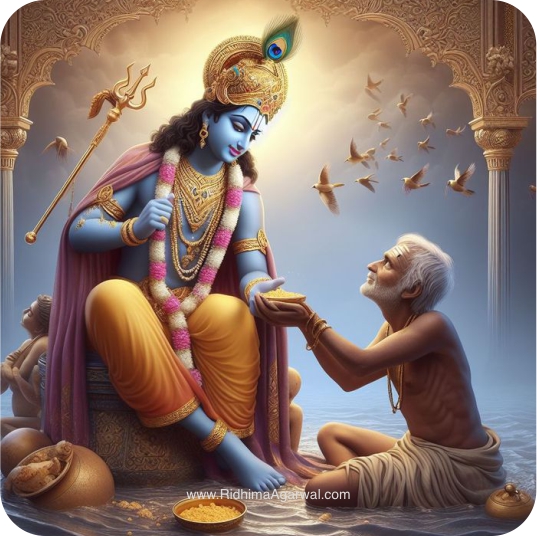 Shattila Ekadashi 6 Feb 2024 : Story, Spiritual Significance, Fasting Schedule, and Parana Time
Shattila Ekadashi 6 Feb 2024 : Story, Spiritual Significance, Fasting Schedule, and Parana Time